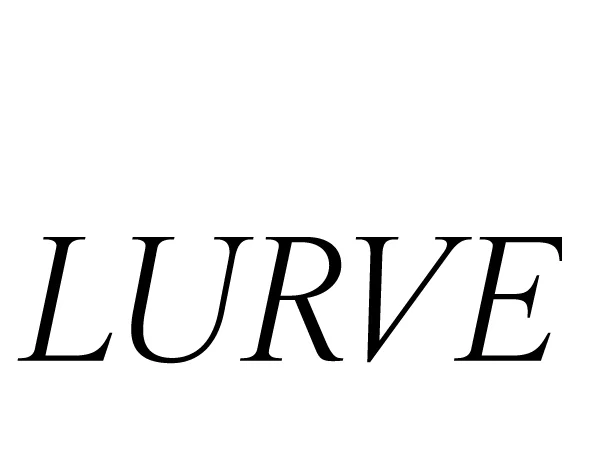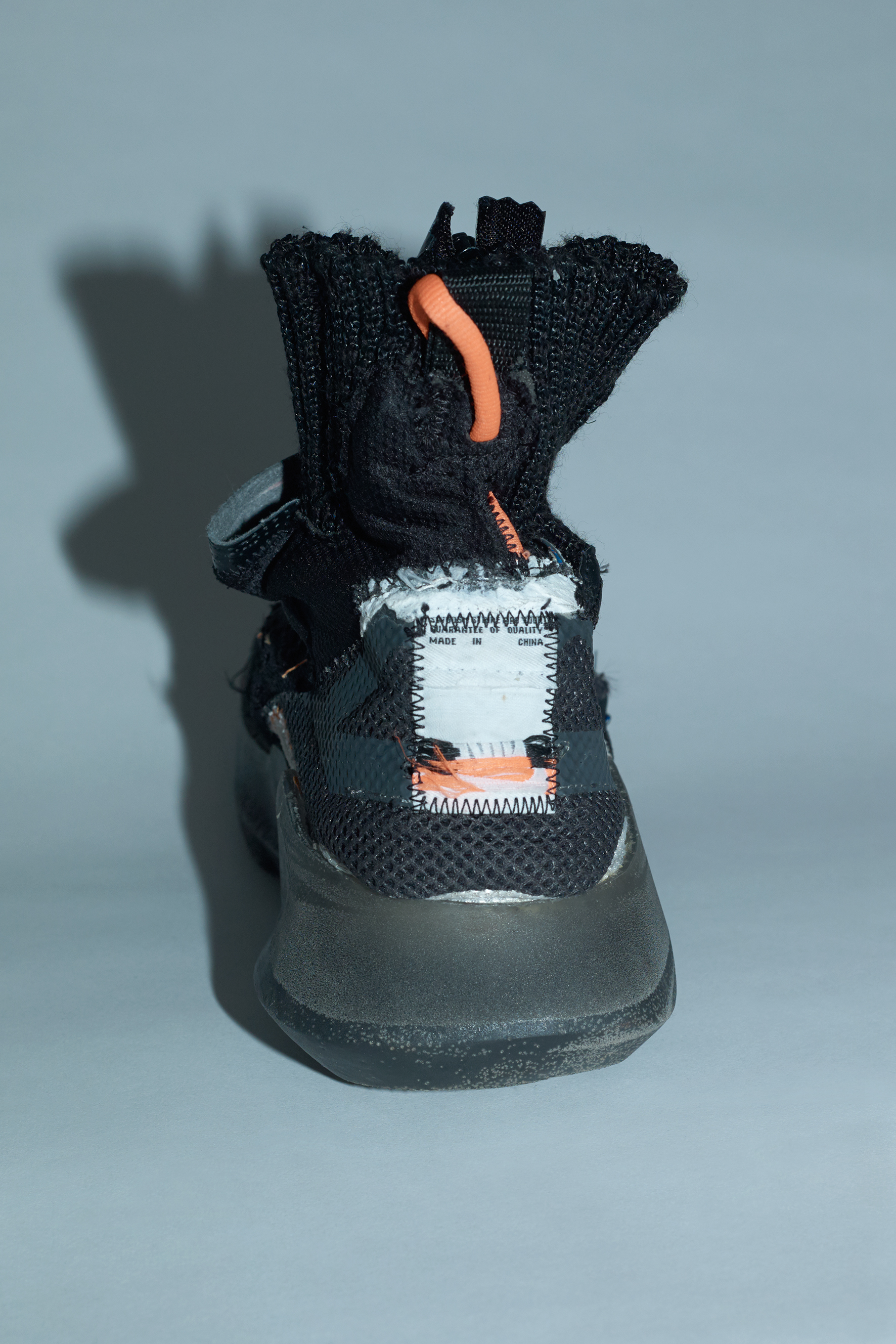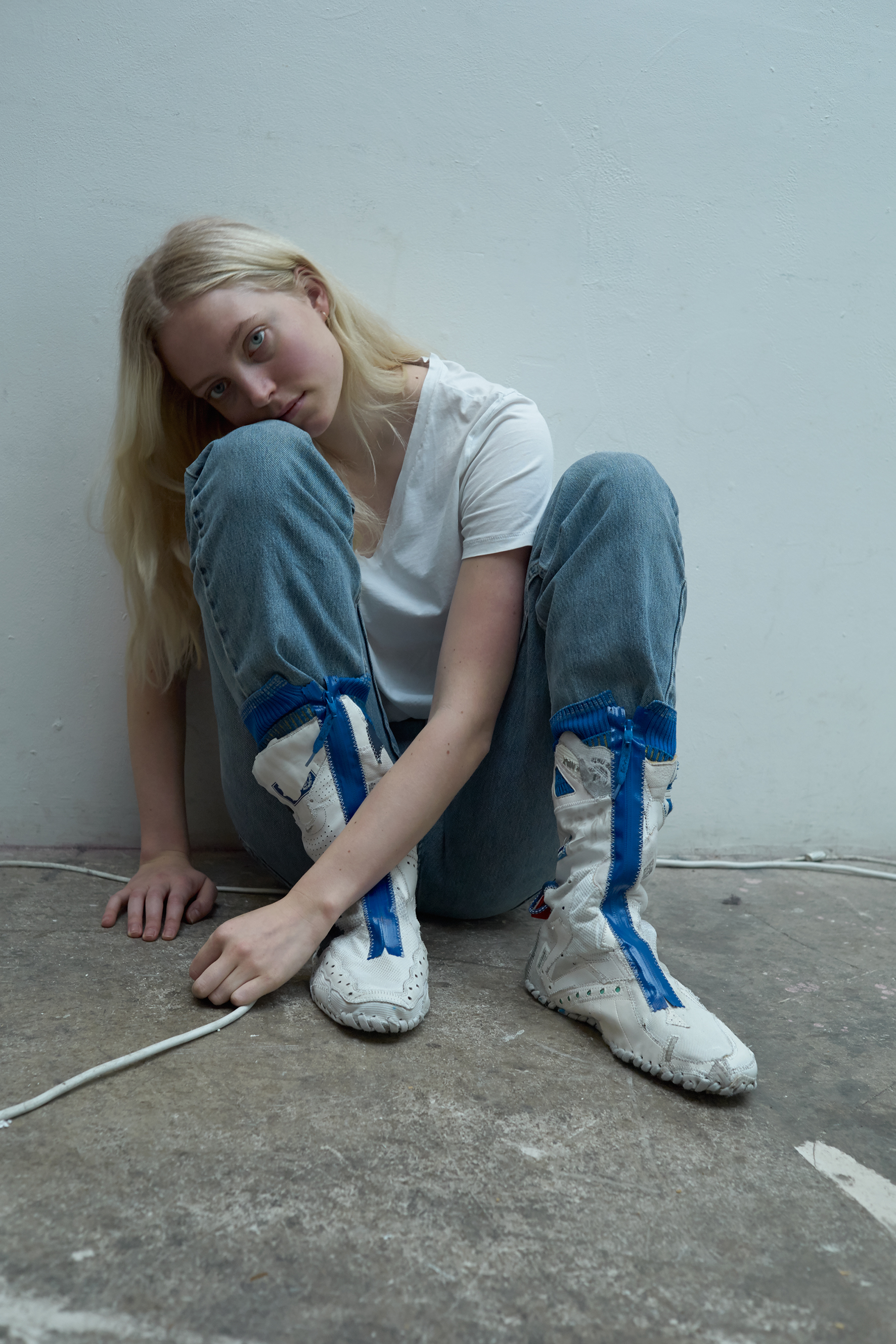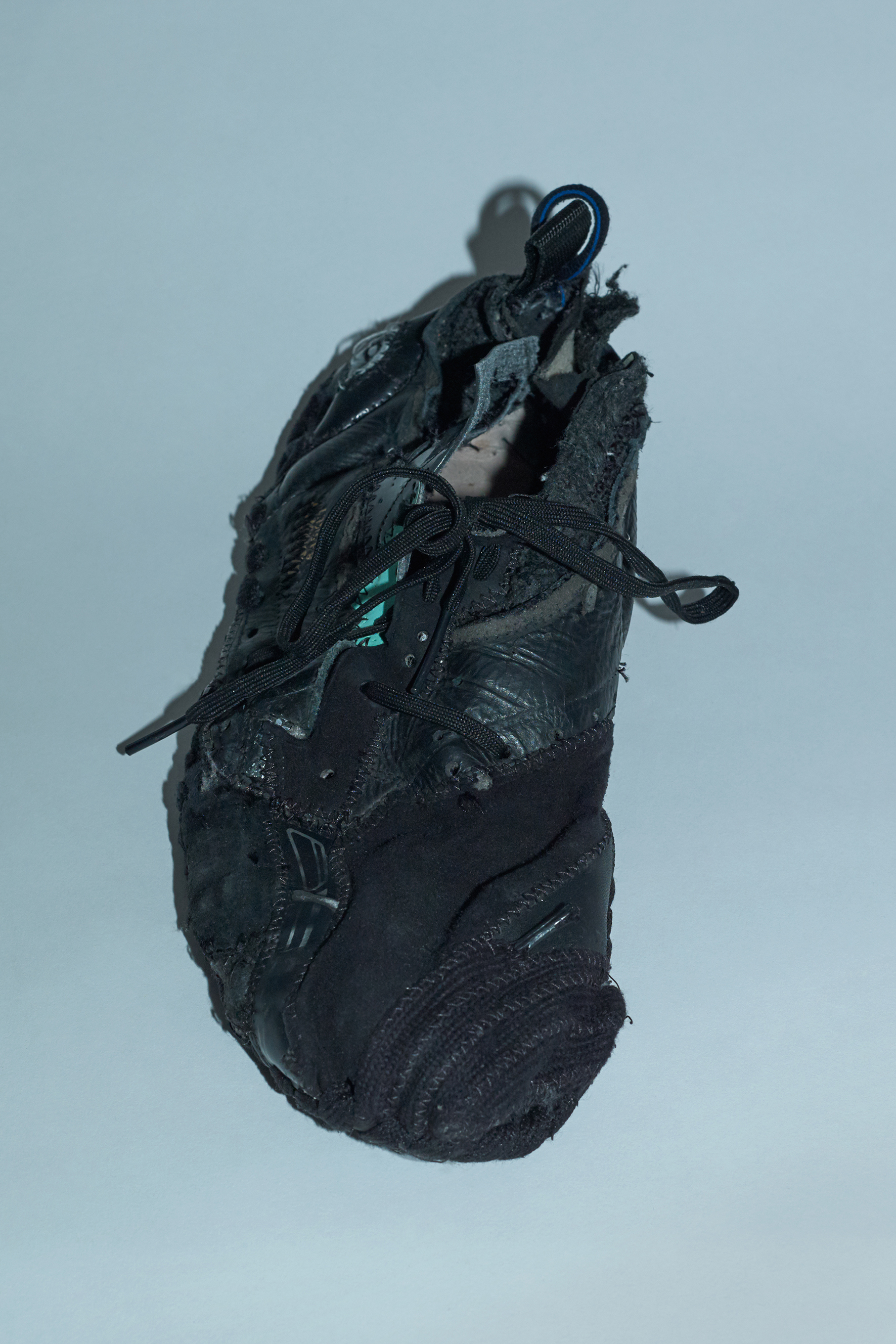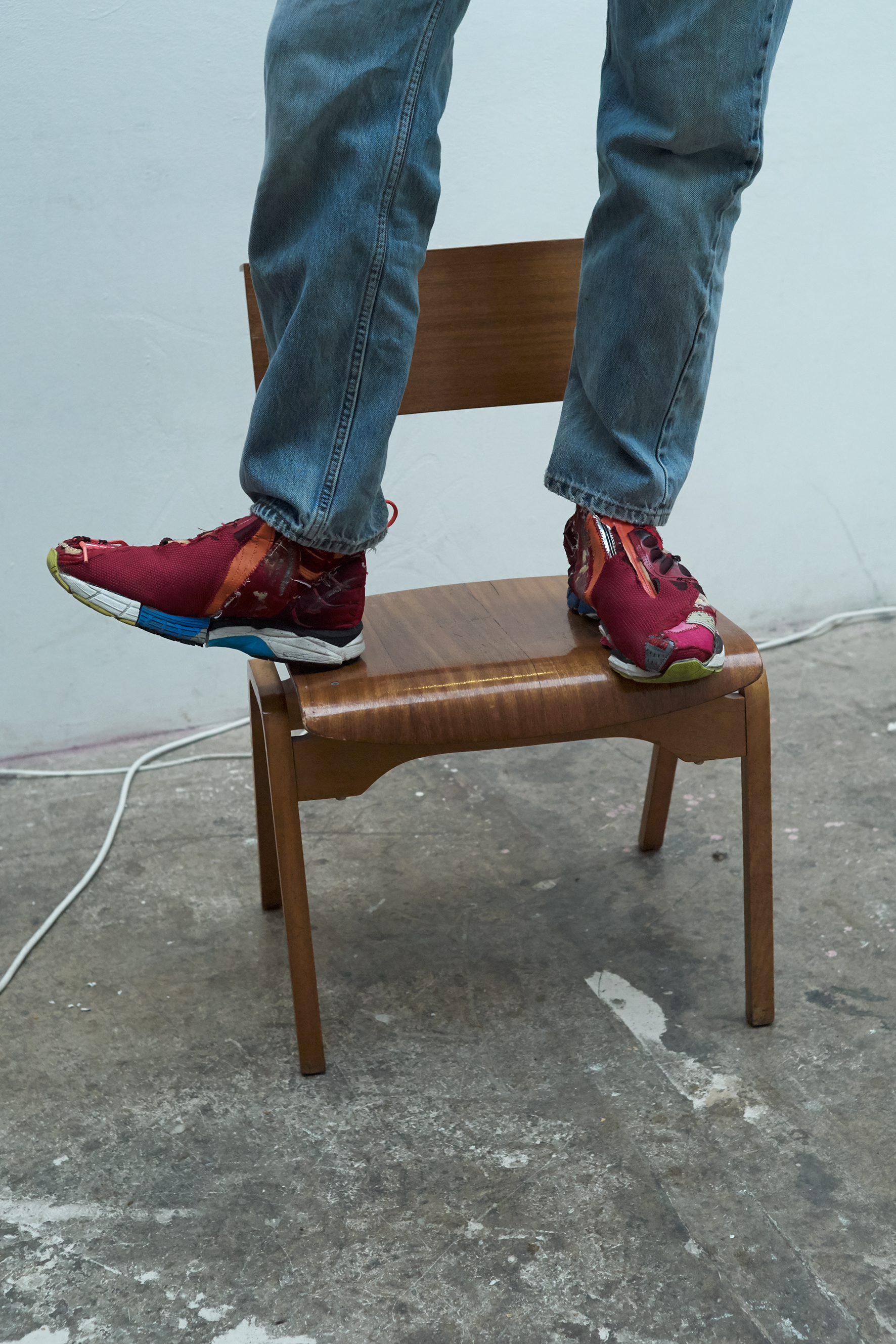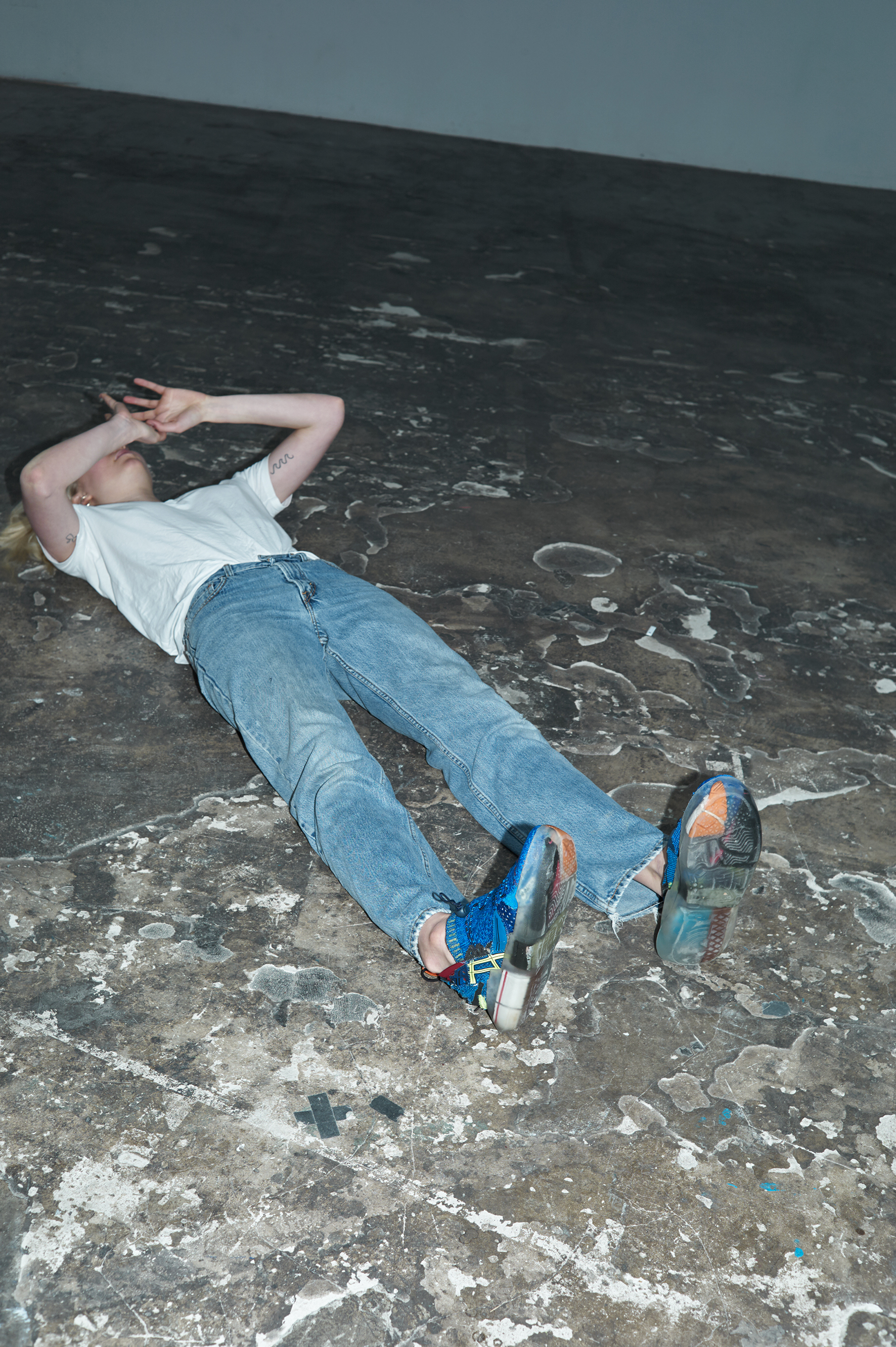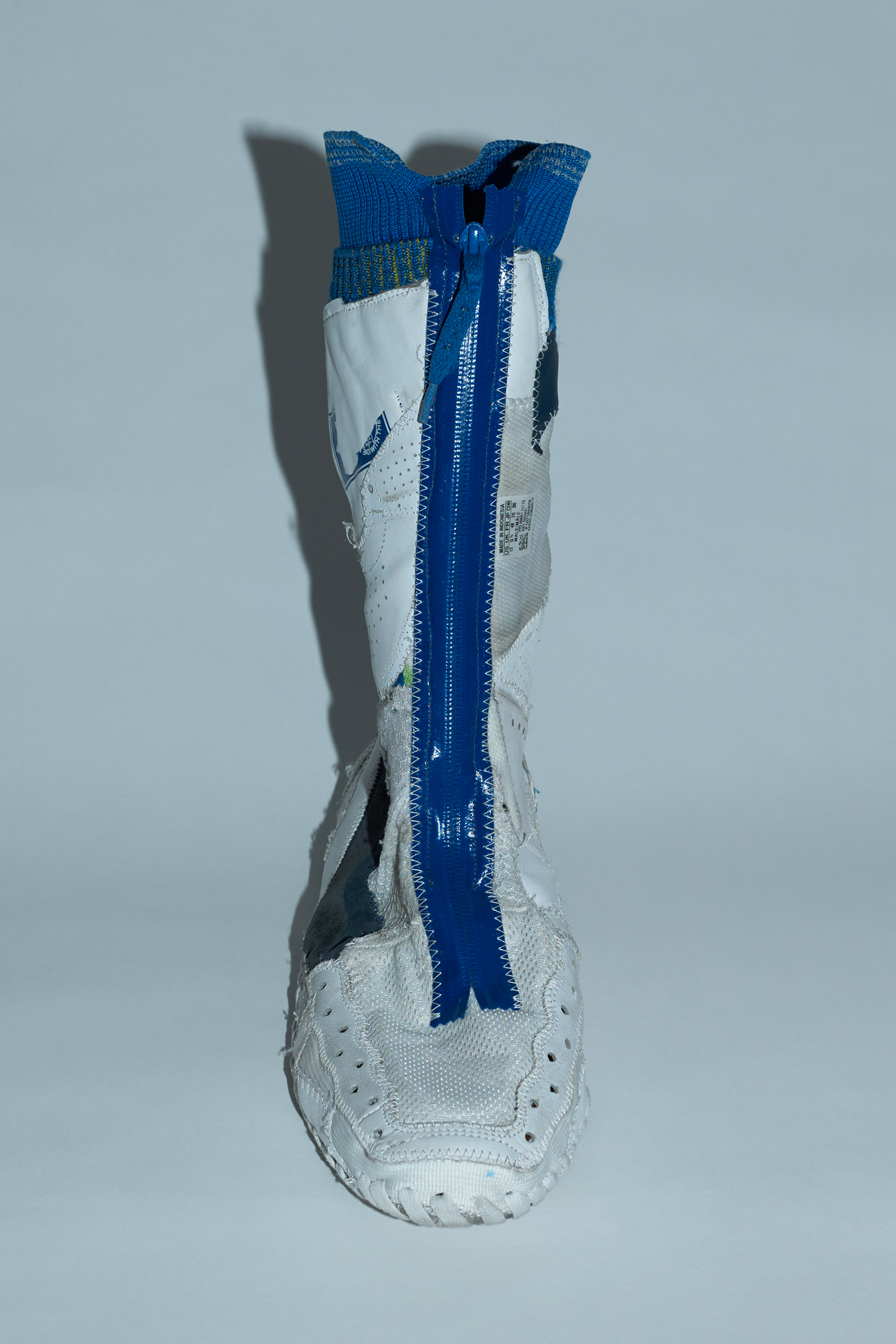LURVE ISSUE 11 - MIGRATING
HELEN KIRKUM
PHOTOGRAPHY BY Timo Wirsching
interview by carlotta buosi
Carlotta Buosi speaks to Helen Kirkum
Helen Kirkum’s story started with her passion for fashion design, which she originally wanted to pursue as a career. That was before she discovered a certain footwear course held at Northampton’s University, which captured her attention – first – and stole her heart while attending it, giving her a chance to explore a completely new path, one shoe at the time. To- day, German- based Helen is one of the most interesting footwear designers out there, ready to challenge herself and the industry, which she uses as her playground, but which also gives her a chance to combine her love for art and creative thinking with something which is – and needs to be – primarily and fundamentally functional. It might seems like an easy job, making shoes, but Helen helped us discover how much more there is about those little objects everyone can connect with. How much scope and how much power revolving around something we wear every single day.
You graduated last year with a MA Menswear Footwear from the Royal College of Art and your graduate collection won the Vogue Talents Award. Did you expect your work to get such great feedback at such an early stage?
Not at all. I had been hidden in the studio for so long making my collection that I had no longer an idea of how people would react to them. It was really overwhelming to receive such positive feedback. The concept behind my work came from a feeling inside me, a reaction to our current surroundings and for people not only to recognise that, but also share it was quite extraordinary.
Shoes are probably every girl’s best friends, right after diamonds. So why menswear shoes?
Studying in Northampton, I was surrounded with traditional menswear brogue manufacturers, which really influenced me. As my style always tends toward unisex, it made sense to describe it as ‘menswear’. I figured that If I defined myself as a women’s footwear designer, people would expect me to make stilettos...
Your design has a very distinctive element of experimentation to it. How would you describe your style to someone who doesn’t know your work?
It’s spontaneous, a collage of influences and thoughts. I am always trying to challenge the physical process of making and the norms that surround footwear design.
In this issue, we explore the meaning of borders, both physical and psychological. Is it possible for fashion to cross the border with art, in your opinion?
I think so. It’s just about the context in which you view fashion. While designing my last collection, for example, I found myself wondering about this a lot. I think my sneakers can be both fashion and art, depending on how you see them. As I worked my way through the collection, I realised that they actually sit more within an art framework, even though they were born as fashion.
Is your design very conceptualised?
The concept behind my pieces is essential in general, but especially in this collection. It allowed me to justify my design choices and opinions, and also freed me. While working at the sewing machine I really gave in to the process, which allowed me to create designs I could have never imagined.
Fashion these days is not always wearable. How important is wearability for you, in your design?
For this particular collection, my design was centred around the effect of human agency on sneakers. It’s supposed to show the ghosts of efforts engrained in the materiality of the product, the traces and trails, the life of the shoe. Therefore, they had to be wearable, in order to allow their own journey to continue.
Your work is said to represent your reaction to society by conceptualising our connections with materiality. Do you perceive the commercial element of fashion as a limitation to your design? If so, how do you fight that?
My designs need for commerciality to exist in order to make sense, yet they react to it. For me it’s all about proposing a new way of thinking, and it would be easy to represent a superficial version of this concept at a commercial level, but the collection was born from something much deeper than that. For me, it’s been about exposing our direct connections with material possessions, challenging what our vision of newness is, versus what it could be.
Tell us more about your bespoke pieces and what made you desire to create them for your clients.
My whole process has always been completely bespoke: I juste cannot even make two shoes from the same pair look the same! I also like the idea that made-to-order allows me to create hand-made, hand-crafted products, where each one has a unique story behind it. With this kind of product, the consumer needs to connect with it, to imagine the sneakers as part of an infinite story.
Borders can be perceived as pit stops or turning points. Which one reflects your approach the most?
Definitely a pit stop, which doesn’t necessarily mean something negative. When I reach borders and obstacles in my work, it gives me the chance to rethink, recharge, and – eventually – find a solution and get past it.
Which are the borders you feel you’ve crossed in your career so far and which ones you aim to?
During my studies I faced a lot of challenges and critical opinions about my choices of materials, approach to design, but also my career choices. These barriers forced me to constantly question my process and myself. Today I feel a lot more confident about who I am and my work as a designer. Other people’s opinions have always been such a big barrier to overcome for me so I’m not sure what will be next, but I will tackle it head on.
model: Fredrika Larsson at Viva London Model Management
All shoes by HELEN KIRKUM
